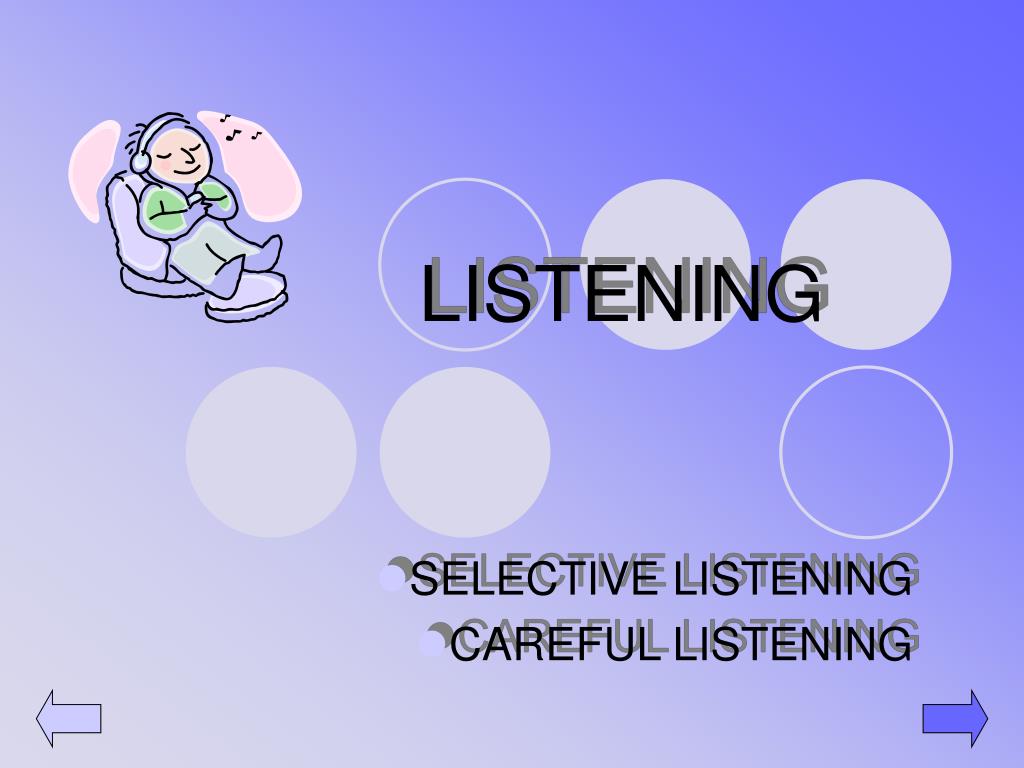
Stress about an upcoming events ranging from losing a job, to having surgery, to wondering about what to eat for lunch can overshadow incoming messages. Excited arousal can also distract as much as anxious arousal. The generally positive emotional state of being in love can be just as much of a barrier as feeling hatred. Any mood or state of arousal, positive or negative, that is too far above or below our regular baseline creates a barrier to message reception and processing. Psychological noise, or noise stemming from our psychological states including moods and level of arousal, can facilitate or impede listening. Another type of noise, psychological noise, bridges physical and cognitive barriers to effective listening. Ailments such as a cold, a broken leg, a headache, or a poison ivy outbreak can range from annoying to unbearably painful and impact our listening relative to their intensity. Physiological noise is noise stemming from a physical illness, injury, or bodily stress. This is considered a physical barrier to effective listening because it emanates from our physical body.

Physiological noise, like environmental noise, can interfere with our ability to process incoming information. As we learned in Chapter 1 “Introduction to Communication Studies”, environmental noises such as a whirring air conditioner, barking dogs, or a ringing fire alarm can obviously interfere with listening despite direct lines of sight and well-placed furniture. Eye contact and physical proximity can still be affected by noise. The ability to effectively see and hear a person increases people’s confidence in their abilities to receive and process information. Even though the person may not have demonstrated any leadership abilities, people subconsciously gravitate toward speakers that are nonverbally accessible. You may recall from Chapter 4 “Nonverbal Communication” that when group members are allowed to choose a leader, they often choose the person who is sitting at the center or head of the table (Andersen, 1999). In general, listening is easier when listeners can make direct eye contact with and are in close physical proximity to a speaker. Some seating arrangements facilitate listening, while others separate people. A room that is too dark can make us sleepy, just as a room that is too warm or cool can raise awareness of our physical discomfort to a point that it is distracting. In the following section, we will explore how environmental and physical factors, cognitive and personal factors, and bad listening practices present barriers to effective listening.Įnvironmental and Physical Barriers to ListeningĮnvironmental factors such as lighting, temperature, and furniture affect our ability to listen. At the responding stage, a lack of paraphrasing and questioning skills can lead to misunderstanding. At the evaluating stage, personal biases and prejudices can lead us to block people out or assume we know what they are going to say. At the recalling stage, natural limits to our memory and challenges to concentration can interfere with remembering.

At the interpreting stage, complex or abstract information may be difficult to relate to previous experiences, making it difficult to reach understanding. At the receiving stage, noise can block or distort incoming stimuli. Discuss common bad listening practices.īarriers to effective listening are present at every stage of the listening process (Hargie, 2011).

Explain how cognitive and personal factors can present barriers to effective listening.
Discuss some of the environmental and physical barriers to effective listening.


 0 kommentar(er)
0 kommentar(er)
